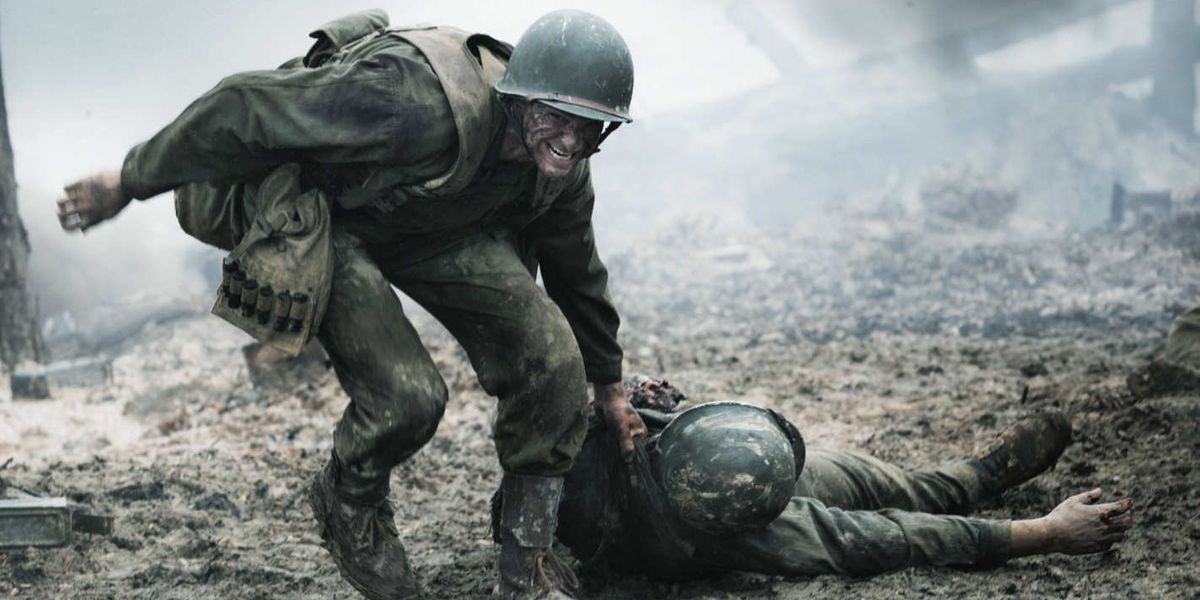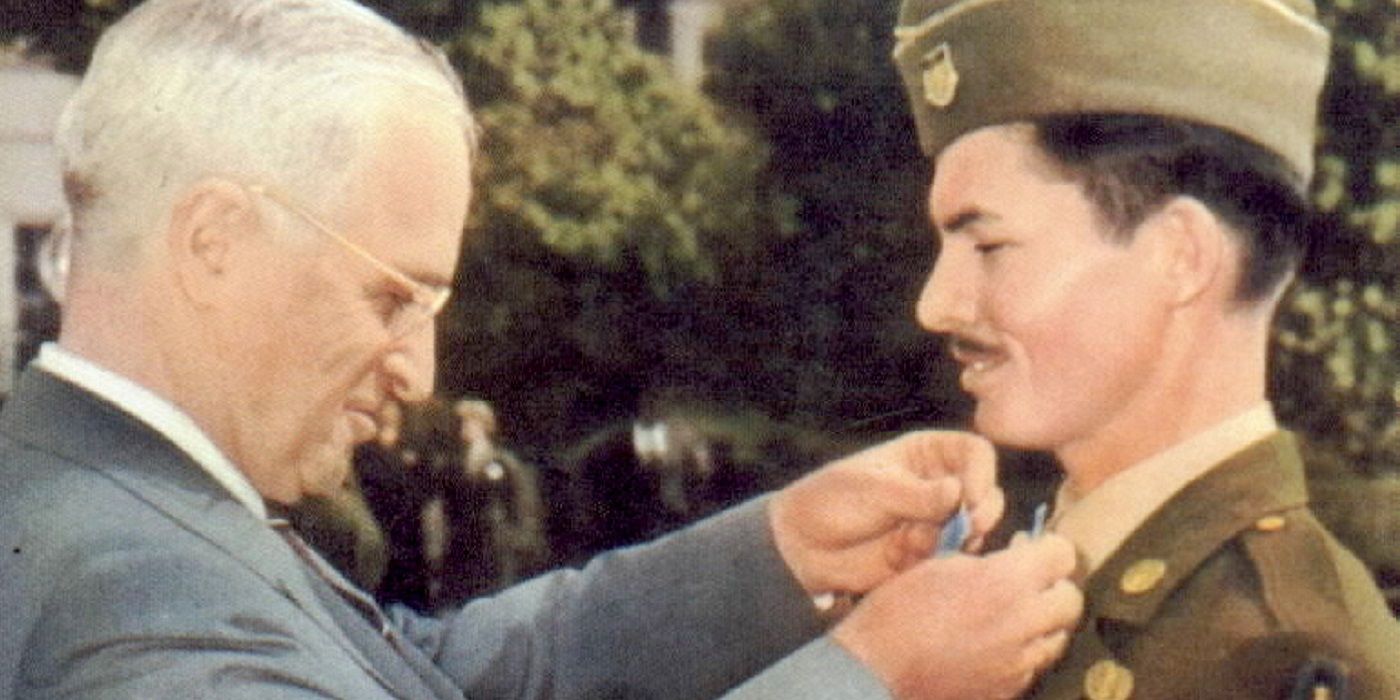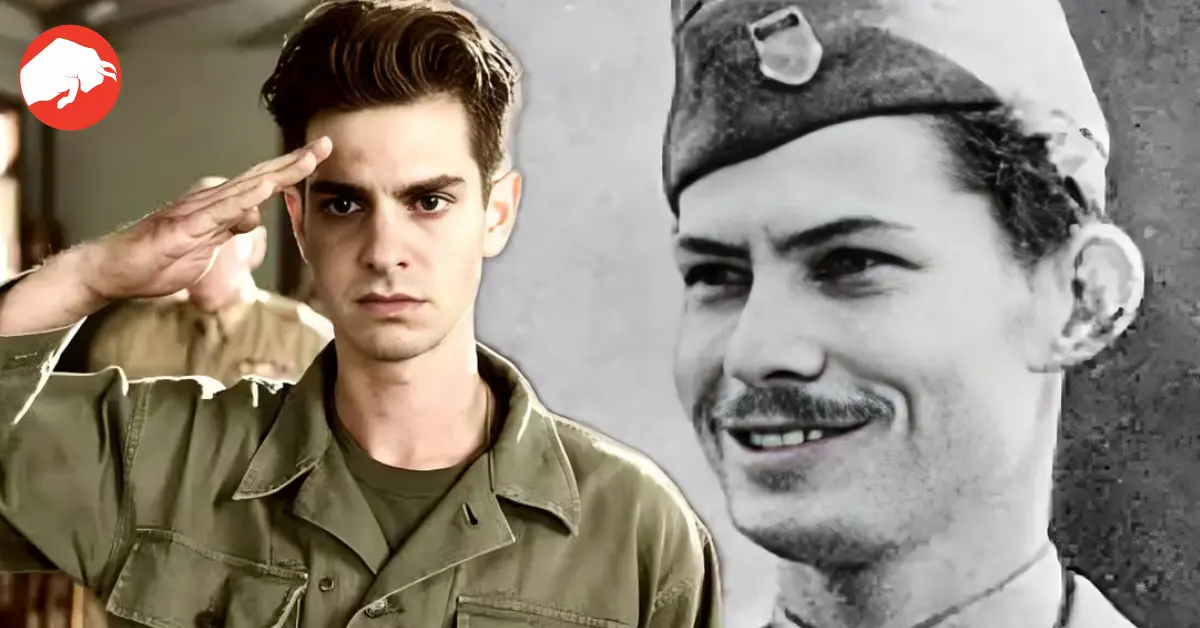Mel Gibson’s 2014 war drama, “Hacksaw Ridge,” captures the spirit of the World War II events and offers audiences a glimpse into the life and heroics of Desmond Doss. The movie, inspired by the 2004 documentary, “The Conscientious Objector,” received critical acclaim and several accolades, cementing its place in the halls of cinema history. But how much of the story stays true to actual events? Let’s delve into the real narrative behind the film.

Hacksaw Ridge’s Foundation: Desmond Doss’s Early Life
Desmond Doss’s journey to Hacksaw Ridge was preceded by events that were both transformative and challenging. In the years leading up to World War II, he found employment at the Newport News Naval shipyard. Even with the option of deferment, his sense of duty to his nation prevailed. This path led him to Fort Jackson for training with the 77th Infantry Division.

While Doss’s early life and relationships, such as his bond with Dorothy Pauline Schutte, may have been depicted with some creative alterations in the movie, one aspect remained unaltered: his deep-rooted beliefs. Desmond’s commitment to the Seventh-day Adventist faith saw him become a conscientious objector, opposing killing on religious grounds. This stance didn’t win him many allies initially, as fellow soldiers mocked him for refusing to bear arms. However, rather than bearing ill will, Doss maintained his resolve, focusing on providing medical care.

Bravery Without Arms: Desmond on the Battlefield
“Thou shalt not kill”
These biblical words guided Doss throughout his service. From Guam to Okinawa, Doss remained consistent, never brandishing a weapon. Instead, he ventured into harm’s way, rescuing the wounded and administering medical aid. His proximity to the enemy lines on numerous occasions was perilously close, yet his determination never wavered.

It was during the Hacksaw Ridge invasion that Desmond’s heroics reached their zenith. As US troops faced overwhelming retaliation from the Japanese, Doss stayed behind. Single-handedly, he saved approximately 75 men on May 5, 1945, becoming a beacon of hope and a testament to resilience.
The Aftermath: Injuries, Awards, and Life Post-War
The war left its scars. A grenade explosion embedded 17 shrapnel pieces into Doss, but even then, his focus was on aiding others. It wasn’t until he was shot by a sniper that he was taken to a hospital ship.
His courage didn’t go unrecognized. On October 12, 1945, President Harry S. Truman awarded Desmond Doss the Medal of Honor, marking him as the first conscientious objector to achieve this honor.

Post-war life saw Desmond battling health issues, including a long fight with tuberculosis. Yet, he continued to live a fulfilling life, tending to a farm with his family in Rising Fawn, Georgia. Tragedy struck with the passing of his first wife in 1991, but love re-entered his life with his marriage to Frances May Duman in 1993.
Sadly, Desmond Doss’s journey came to an end on March 23, 2006. His legacy, however, lives on. Films like “Hacksaw Ridge” stand as a testament to his unwavering spirit and dedication to service.









